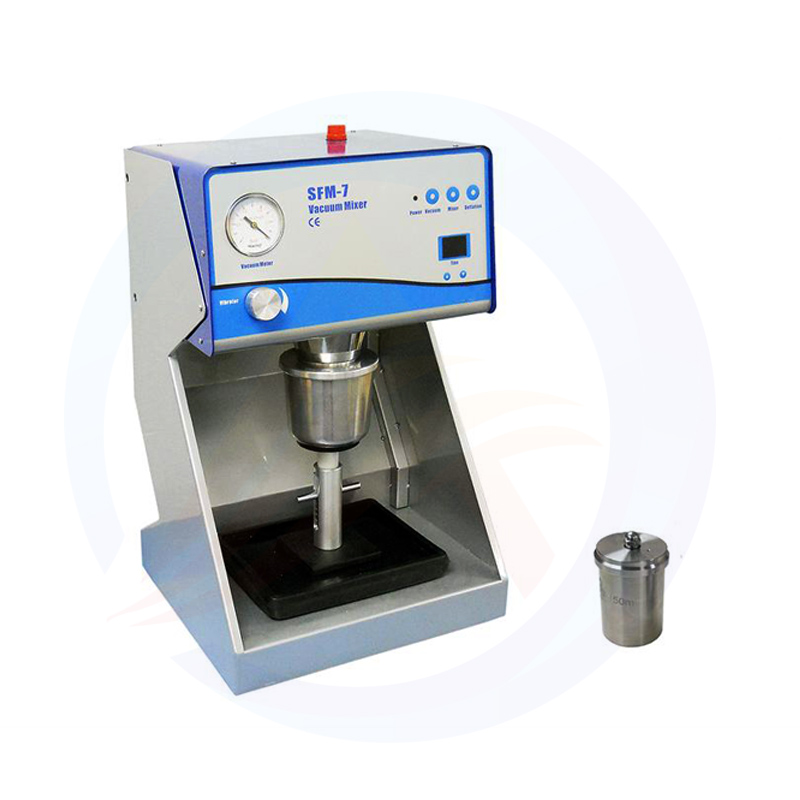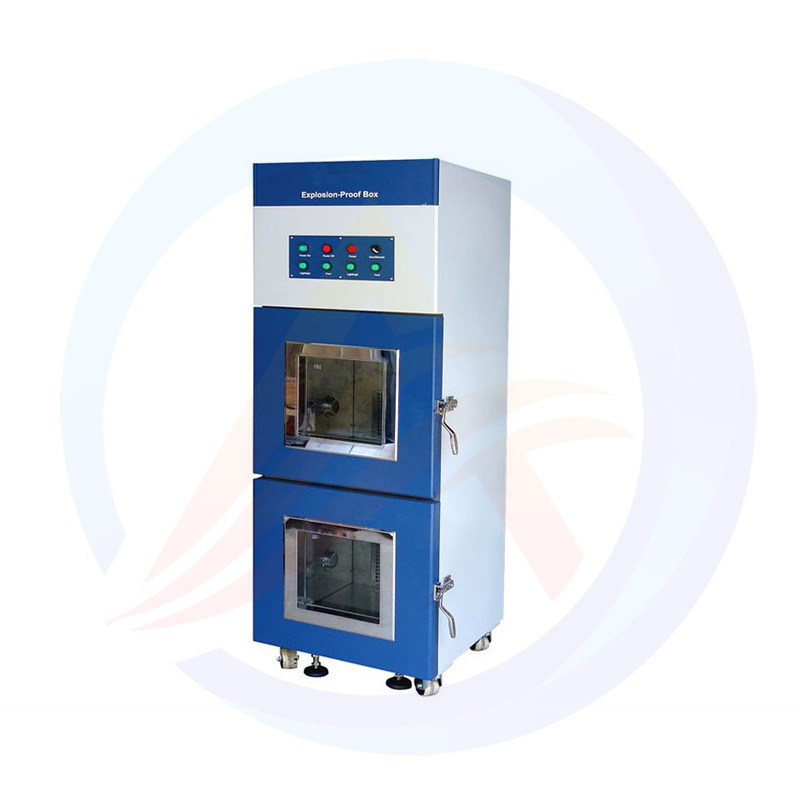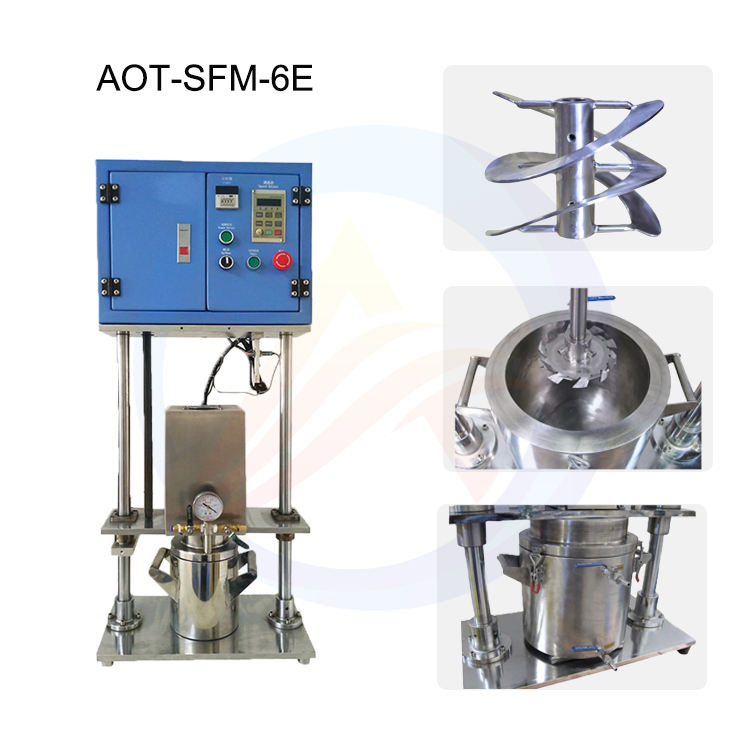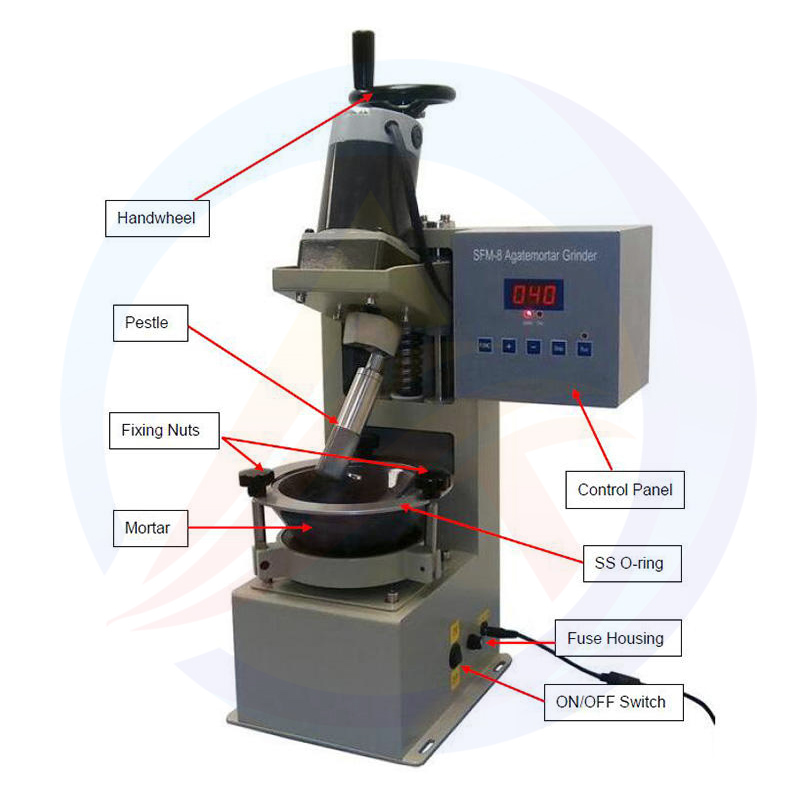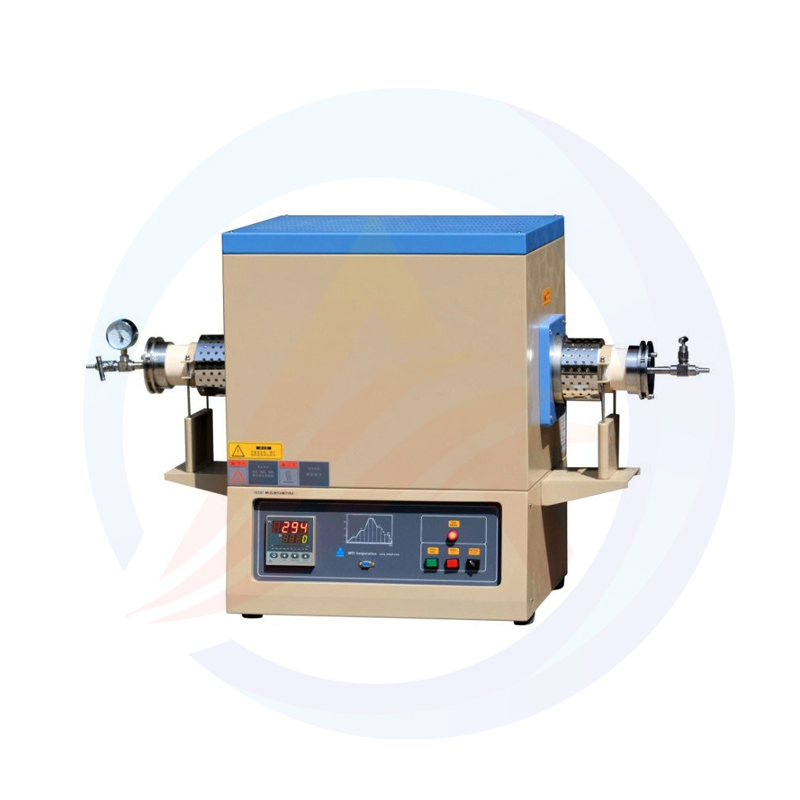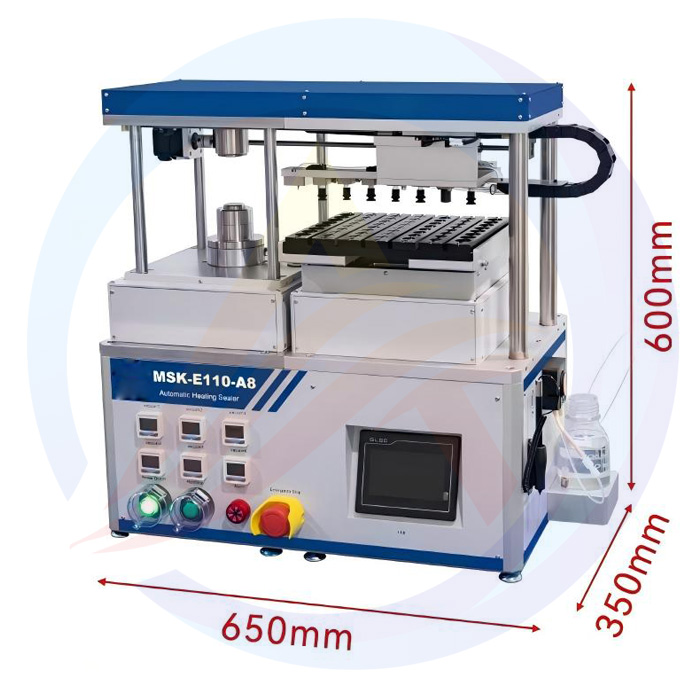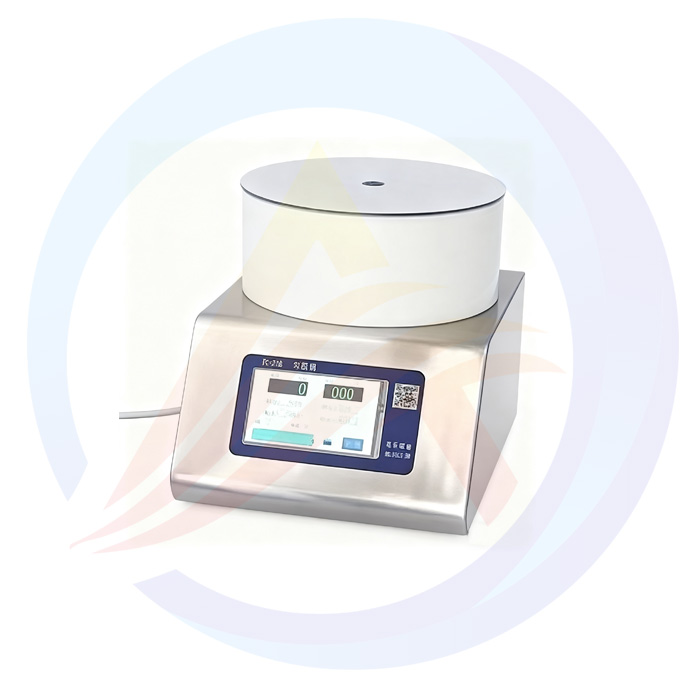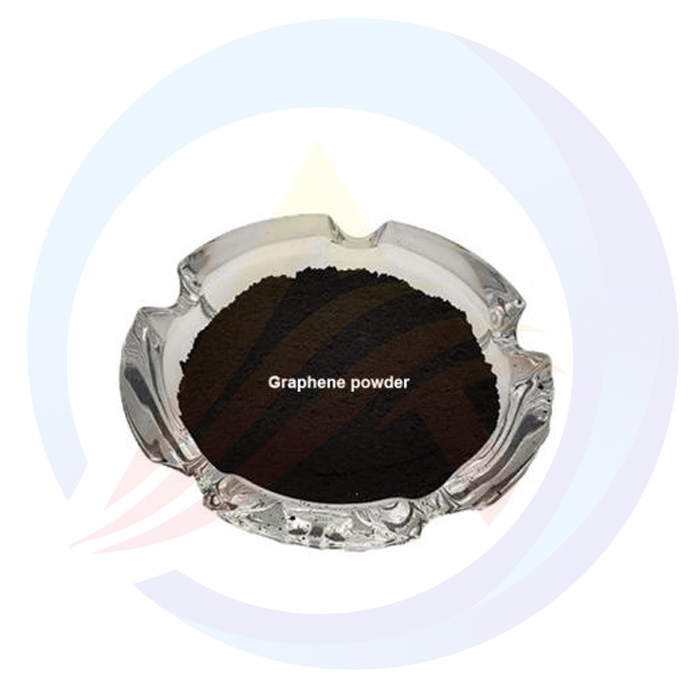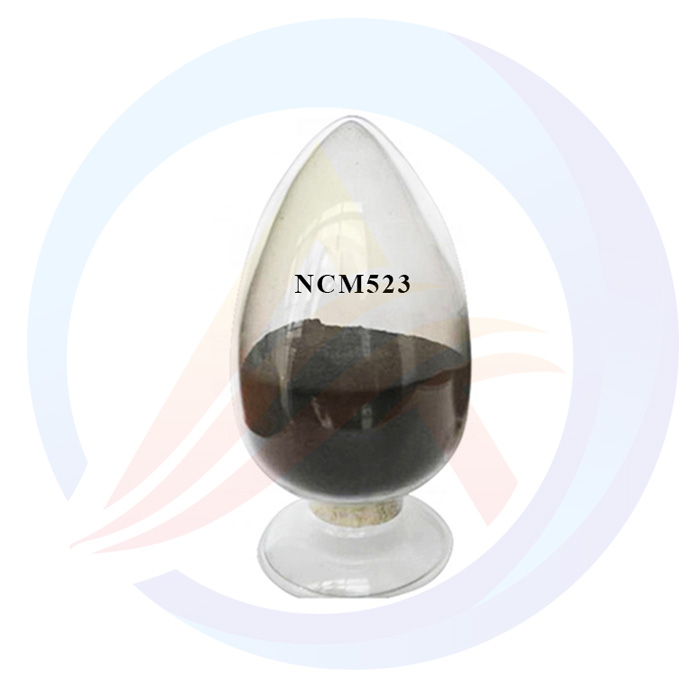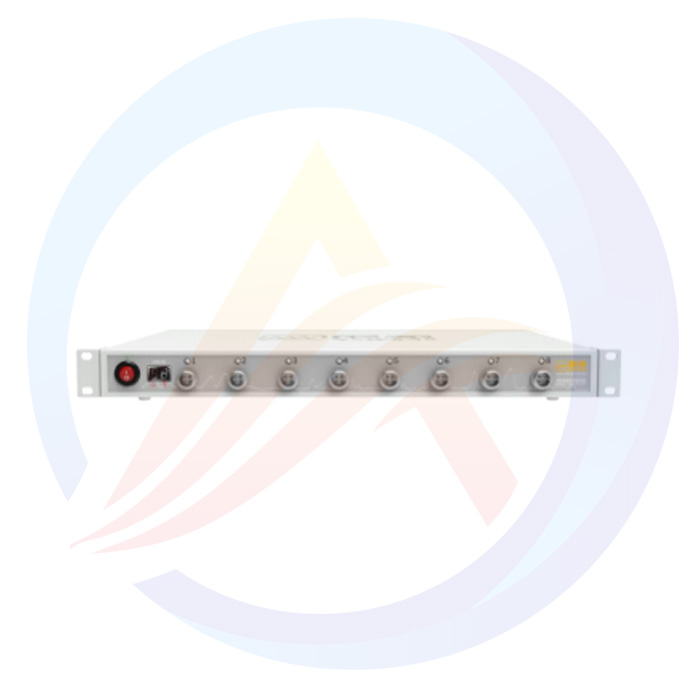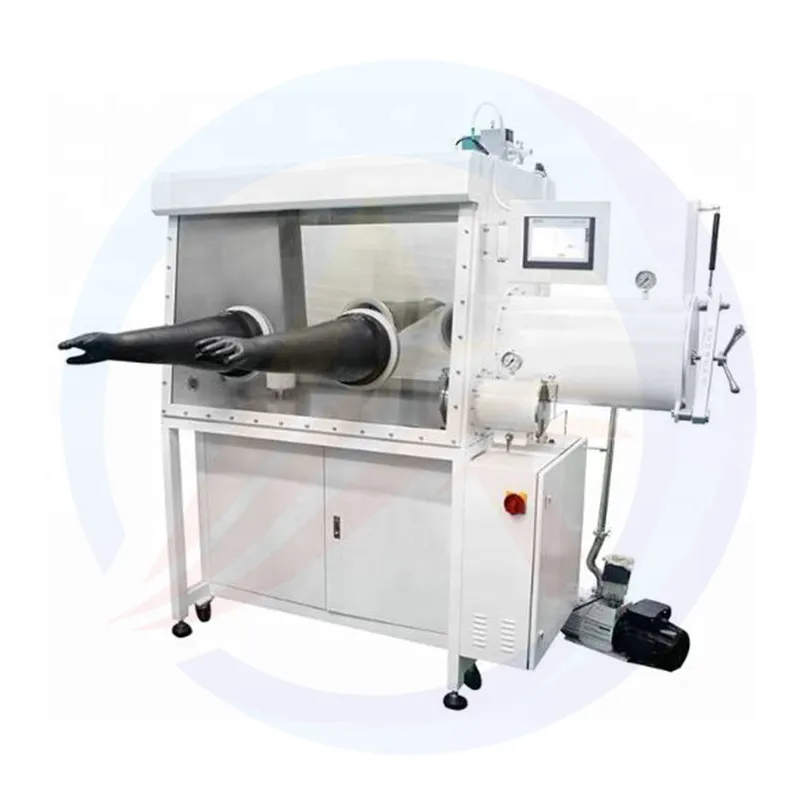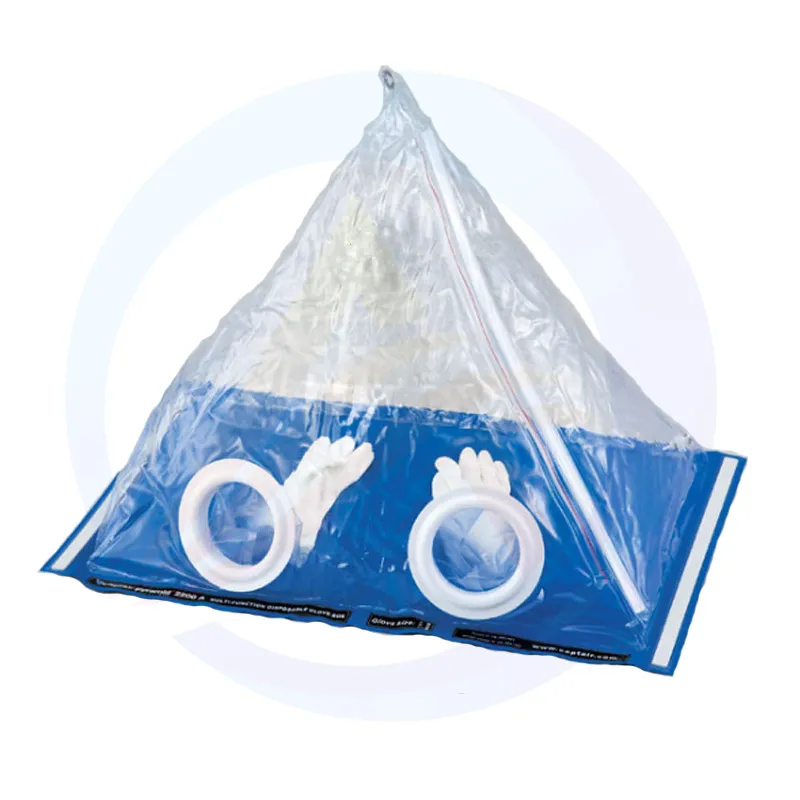In the field of lithium battery manufacturing, a seemingly ordinary yet crucial piece of equipment - the glove box - is becoming a core tool for ensuring battery performance and driving technological breakthroughs. It creates an ultra-pure environment by isolating moisture, oxygen, and impurities from the air, providing reliable guarantees for the synthesis of electrode materials, the preparation of electrolytes, battery assembly, and performance testing of lithium batteries. This article will analyze the technical value and application logic of the lithium battery glove box from three aspects: definition, core function, and selection strategy.
1、What is a Lithium Battery Glove Box
A lithium battery glove box is a fully enclosed device. Through a stainless steel or transparent acrylic box body, glove operation interface, and gas purification system, the oxygen content inside is controlled at less than 1 ppm and moisture at less than 0.1 ppm. Its core structure includes:
· Double-layer sealed box body: The main box body is isolated from the transition compartment, and before operation, a vacuum-pumping and inert gas filling cycle is carried out to reduce the cross-contamination risk by 90%. For example, in the electrolyte injection step of lithium-ion batteries, the cycle purification of the transition compartment can reduce the water infiltration from the environmental value (about 20,000 ppm) to less than 0.1 ppm.
· Glove operation interface: Equipped with 2-4 nitrile or latex gloves, with a diameter of 200mm, capable of accommodating conventional experimental equipment. Operators complete fine actions such as electrode cutting and encapsulation through gloves to avoid direct contact with harmful substances.
· Purification system: Molecular sieves absorb moisture, catalysts decompose oxygen, and the combined use of a circulating fan achieves dynamic gas purification. Standard equipment can reduce the oxygen content in a 875mm×480mm×500mm box from 21% to less than 1 ppm and the moisture from the environmental value to less than 0.1 ppm within 2 hours.
2、Core Function
Material protection: Blocking the chemical reaction chain
The electrode materials of lithium batteries (such as lithium cobalt oxide, graphite) and the electrolyte are extremely sensitive to moisture and oxygen. For instance, the lithium metal negative electrode will form lithium oxide upon exposure to air for just 10 minutes, resulting in the loss of active substances; the LiPF6 in the electrolyte decomposes upon encountering moisture to produce HF, which corrodes the electrode materials and damages the solid electrolyte interface membrane (SEI). The glove box maintains an oxygen content of less than 1 ppm and a moisture content of less than 0.1 ppm, thereby increasing the battery's cycle life from 800 times to 1200 times and reducing the capacity degradation rate from 8% per year to 2%.
Process Precision: Enhancing Production Consistency
In the electrode paste preparation process, the glove box prevents the active substances from reacting with the air, ensuring the uniformity of the paste, and reducing the electrode thickness deviation from ±5 μm to ±2 μm. In the battery assembly stage, the glove box supports the integrated operation of equipment such as lamination machines and injection machines, reducing the labor cost per GWh from 15 million yuan to 8 million yuan, while increasing the product yield rate from 88% to 94%.
Safety Control: Reducing Process Risks
Titanium alloy laser welding requires oxygen isolation to prevent weld oxidation and brittleness. The battery housing welded in the glove box has an increased tensile strength from 600 MPa to 800 MPa, and the structural strength has increased by 30%. In the sterile packaging of heart stents, the glove box, in conjunction with the HEPA filtration system (particle filtration efficiency 99.97%), has reduced the microbial contamination rate from 0.3% to 0.01%, significantly reducing the risk of postoperative infection.
3、How to Choose a Glove Box
Matching environmental requirements
Gas atmosphere: The oxygen content in lithium-ion battery production should be less than 1 ppm and the moisture content should be less than 0.1 ppm; for solid-state battery research, a mixture of argon and carbon dioxide may be required.
Temperature and humidity control: The high-temperature treatment of electrode materials requires an environment of 300°C. The glove box needs to be equipped with an electric heating module and a rapid cooling system.
Operational compatibility
Box size: Small (50×80×50 cm) is suitable for sample analysis; medium (80×120×100 cm) supports electrode preparation and assembly; large (120×180×150 cm) can integrate a filling machine and a laminating machine to achieve an automated production line.
Glove material: Nitrile gloves are resistant to chemical corrosion and are suitable for electrolyte operations; latex gloves have high flexibility and are suitable for fine operations such as electrode cutting.
Performance parameter verification
Purification capability: The circulation fan flow rate should be ≥ 10 m³/h and reach the target environment within 2 hours. The equipment of a certain brand was measured and it was found that the 875mm×480mm×500mm box can purify from the environmental value to the target value in only 1.5 hours.
Sealing performance: The leakage rate should be < 0.05% vol/h and the pressure attenuation test should show a decrease of ≤ 0.03% within 24 hours. Equipment with an O-ring vacuum design has a sealing life of up to 10 years or more.

